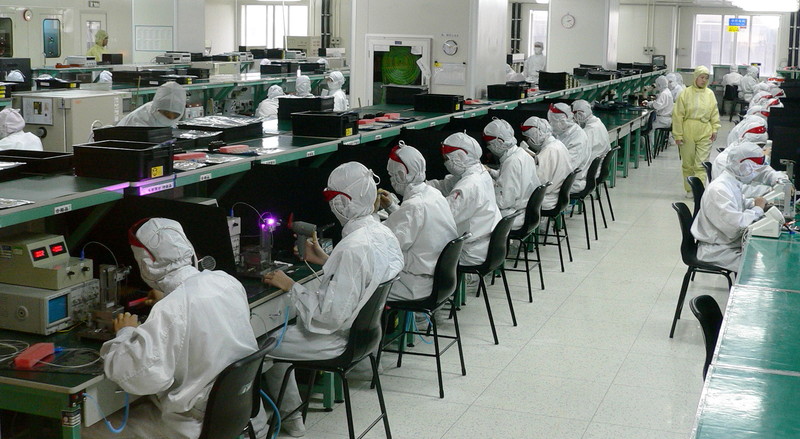From squashing presidential term limits to picking fights with Taiwan, a lot is going on in China these days… so much so that we almost forgot about the zero-COVID crackdowns.
Driving the news: Chinese cities from Wuhan (in the country’s centre) to Xining (in the northwest) are stepping up COVID restrictions, closing off buildings, and shutting down districts… heck, they even closed a Disney Resort (with visitors still inside) yesterday.
- Residents in impacted areas must stay at home, but some companies and factories can remain open as long as employees stay on-site (which is called “closed loop”).
- Deteriorating conditions during a lockdown at the world’s largest iPhone factory triggered hundreds of employees to try and escape on foot over the weekend.
Why it matters: Despite the mounting social and economic costs of lockdowns, quarantines, and mass testing, China’s continued enforcement of its zero-COVID policy has been justified by a greater fear of illnesses from variants—which have started to take shape in the West.
So-called long-COVID (which scientists still don’t know much about) also comes at a high cost. Per Sunlife, it’s happening “more than you think” and, in terms of the impact on the labour force, can lead to productivity issues, absences, and long-term disability claims.
- In Canada, ~4% of the population (1.4 million) reported symptoms three months after catching the ‘vid, often reflecting the severity of the first infection.
- Even without an agreed-upon definition for the condition, of those with long COVID, Health Canada says 10% can’t return to work in the long term (years to indefinitely).
Zoom out: The true costs of COVID might only become known around the time we have to explain a 2020 pandemic to kids that don’t exist yet. But, while other economies start to bounce back (kind of), China and its 1.4 billion residents are feeling the pain right now.
